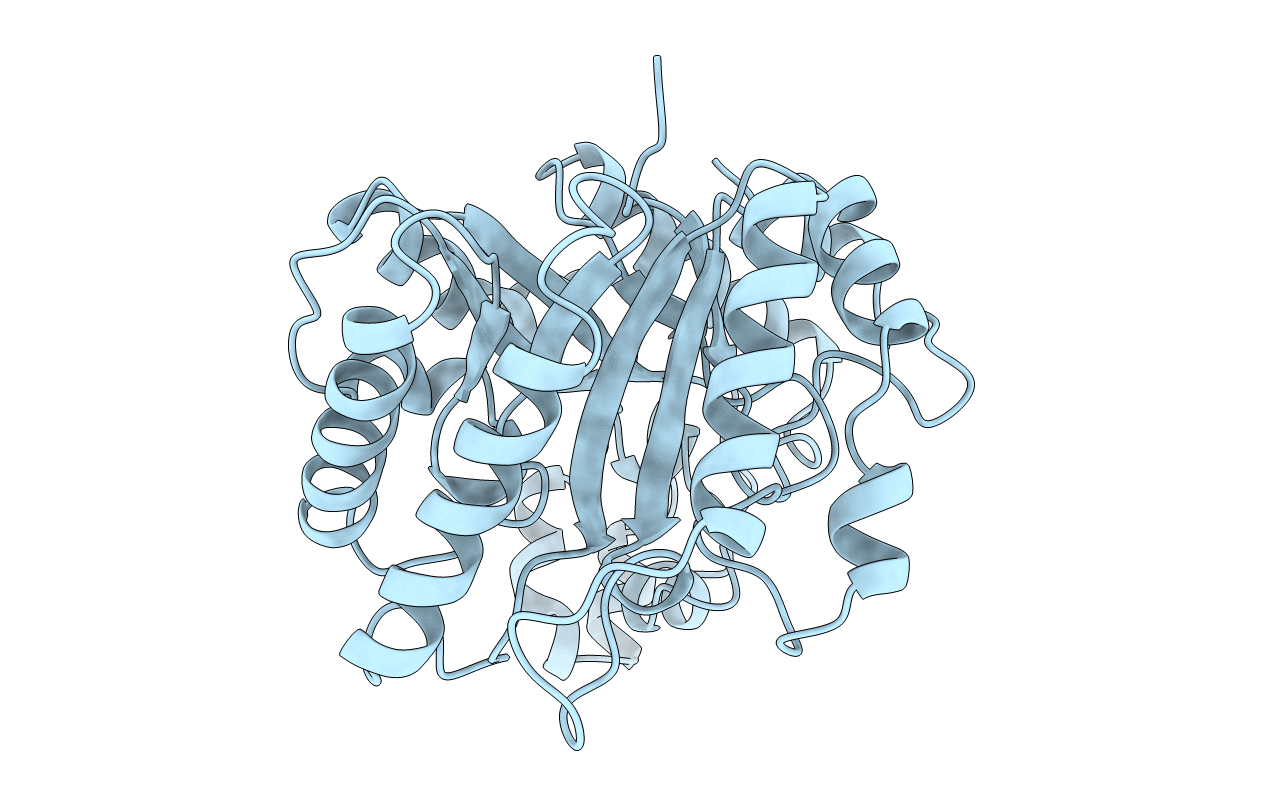
Deposition Date
1995-12-04
Release Date
1996-04-03
Last Version Date
2024-02-07
Entry Detail
PDB ID:
1CEO
Keywords:
Title:
CELLULASE (CELC) MUTANT WITH GLU 140 REPLACED BY GLN
Biological Source:
Source Organism:
Clostridium thermocellum (Taxon ID: 1515)
Host Organism:
Method Details:
Experimental Method:
Resolution:
1.90 Å
R-Value Free:
0.22
R-Value Work:
0.19
R-Value Observed:
0.19
Space Group:
P 21 21 21


